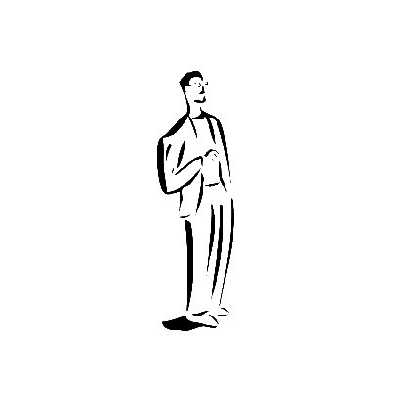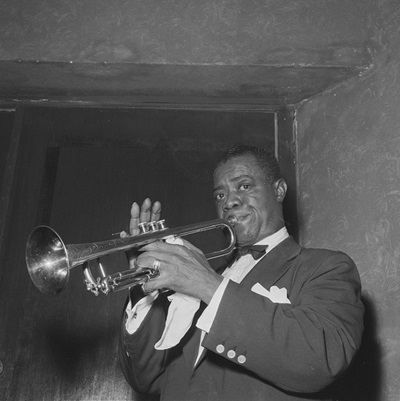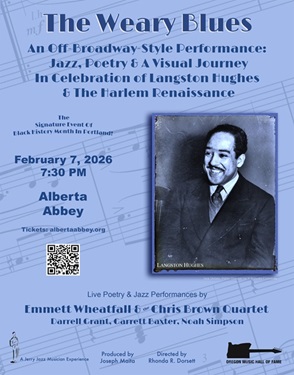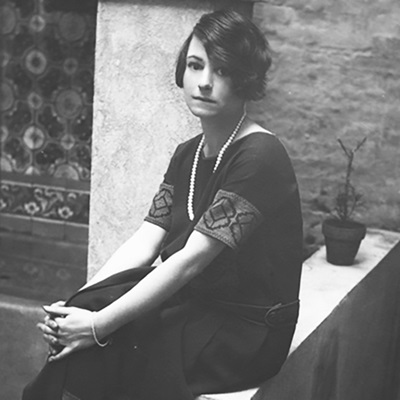.
.
.
…..Jeff Gold’s book Sittin’ In: Jazz Clubs of the 1940s and 1950s is a visual history of many of the country’s most influential night clubs and ballrooms during jazz music’s golden era.
…..The book is centered around a collection of memorabilia Mr. Gold discovered, and features photographs of club patrons taken by in-house photographers, as well as postcards, handbills, menus, matchbooks, and posters.
…..In cooperation with Mr. Gold, Jerry Jazz Musician will occasionally publish a noteworthy excerpt from the book. In this edition, Gold writes about Harlem’s Savoy Ballroom and shares photographs and memorabilia from his collection.
.
.
___
.
.
The Savoy Ballroom
596 Lenox Avenue Between 140th and 141st Streets
.
.

A handbill advertising a Savoy Barn Dance, late 1930s
.
___
.
…..The “World’s Most Beautiful Ballroom” opened in 1926, owned by white businessmen Jay Faggen and Moe Gale and managed by African American civic leader Charles Buchanan, who sought to operate a “luxury ballroom to accommodate the many thousands who wished to dance in an atmosphere of tasteful refinement, rather than in the small stuffy halls and the foul smelling, smoke laden cellar nightclubs.”
…..Fashioned after Faggen’s midtown Roseland Ballroom, the second-floor, block-long Savoy could accommodate up to four thousand music fans and dancers. The lavish interior had mirrored walls, a sprung dance floor, and a double bandstand that held two groups, so the music could be continuous – as one group finished, the other began.
…..The Savoy was a hit from the very beginning; on March 20, 1926, the African American newspaper New York Age ran the headline “Savoy Turns 2,000 Away on Opening Night – Crowds Pack Ball Room All Week.” The ballroom’s regular battle of the bands was a major draw; in 1927, Chick Webb’s Chicks (from New York) faced off against a group from Chicago led by Fess Williams and Joe “King” Oliver. The crowds reportedly jammed Lenox Avenue for blocks, resulting in the riot squad being called.
…..The Savoy hosted nearly all the era’s major bands, including those led by Duke Ellington, Cab Calloway, Luis Russell, Cecil Scott, and white bandleaders Guy Lombardo and Benny Goodman. But most popular was the house band led by drummer Chick Webb, who, in 1934, added a new vocalist: seventeen-year-old Ella Fitzgerald, fresh from winning the Apollo Theater talent contest.

Savoy Ballroom flyer, 1939
…..Equally important to the Savoy audience was dancing. Known as the “Home of Happy Feet” and “the Track” (because of its long, thin dance floor), dancers at the Savoy created many dances, but none achieved the fame of the Lindy Hop, named after aviator Charles Lindbergh. Highly competitive Lindy Hop dancers dominated the area dubbed “the corner,” awaiting their opportunity to shine, while the less serious dancers formed a horseshoe around the bandstand to watch the proceedings.
…..The Savoy was fully integrated, and as the African American newspaper the Amsterdam News reported, “At the Savoy Ballroom, social, racial and economic problems fade away to nothingness.” Legendary Lindy Hop dancer Frankie Manning recalled dancing skills were what mattered at the ballroom: “One night somebody came over and said, ‘Hey man, Clark Cable just walked in the house.’ Somebody else said, ‘Oh, yeah, can he dance?’ All they wanted to know when you came into the Savoy was, do you dance?”
…..Admission was a reasonable thirty to eighty-five cents, and it’s estimated nearly seven hundred thousand people visited each year – necessitating the replacement of the dance floor every three years. As swing began to ebb in the late 1940s, the dancing at the Savoy became more sedate and featured longer engagements with bands led by Cootie Williams, Erskine Hawkins, and others. In 1958, the Savoy was torn down and a housing complex was built where it once stood.
.
.
___
.
.
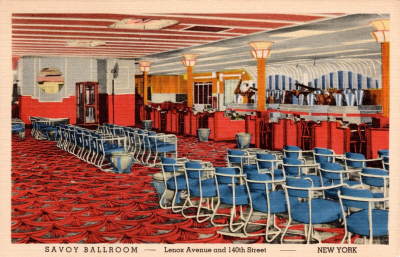
Savoy Ballroom postcard, date unknown
.
.
photo by William Gottlieb/Library of Congress

Dizzy Gillespie and his big band at the Savoy, late 1940s
.
.

A Savoy Ballroom photograph folder…
.
.

…and the souvenir image within, 1940s
.
.
.
Listen to a 1934 recording of Chick Webb’s Savoy Orchestra playing Edgar Sampson’s composition “Stomping At The Savoy”
.
.
.
___
.
.
Click here to read Vol 1, on the Savoy Ballroom
Click here to read Vol 2, on Birdland
Click here to read Vol 3, on Club Ubangi
Click here to read Vol 4, Four Harlem Nightspots
Click here to read Vol 5, on Connie’s Inn and Smalls’ Paradise
.
Click here to read our interview with Jeff Gold
.
.
___
.
.
photo courtesy Jeff Gold

Jeff Gold is a Grammy Award-winning music historian, archivist, author, and executive. Profiled by Rolling Stone as one of five “top collectors of high-end music memorabilia,” he is an internationally recognized expert who has consulted for the Rock & Roll Hall of Fame, Museum of Pop Culture, and various record labels and cultural institutions. He has also appeared as a music memorabilia expert on PBS’s History Detectives and VH1’s Rock Collectors. His other books include 101 Essential Rock Records: The Golden Age of Vinyl from the Beatles to the Sex Pistols and Total Chaos: The Story of the Stooges/As Told by Iggy Pop. He own the music memorabilia website Recordmecca.com and writes about topics of interest to collectors on its blog.
Follow Jeff on Twitter at @recordmecca or on Instagram at @recordmecca.
.
.
___
.
.
All text and images — unless otherwise noted — © Jeff Gold. Excerpted from Sittin’ In: Jazz Clubs of the 1940s and 1950s (Harper Design). Published by permission of Jeff Gold.
.
.
.














